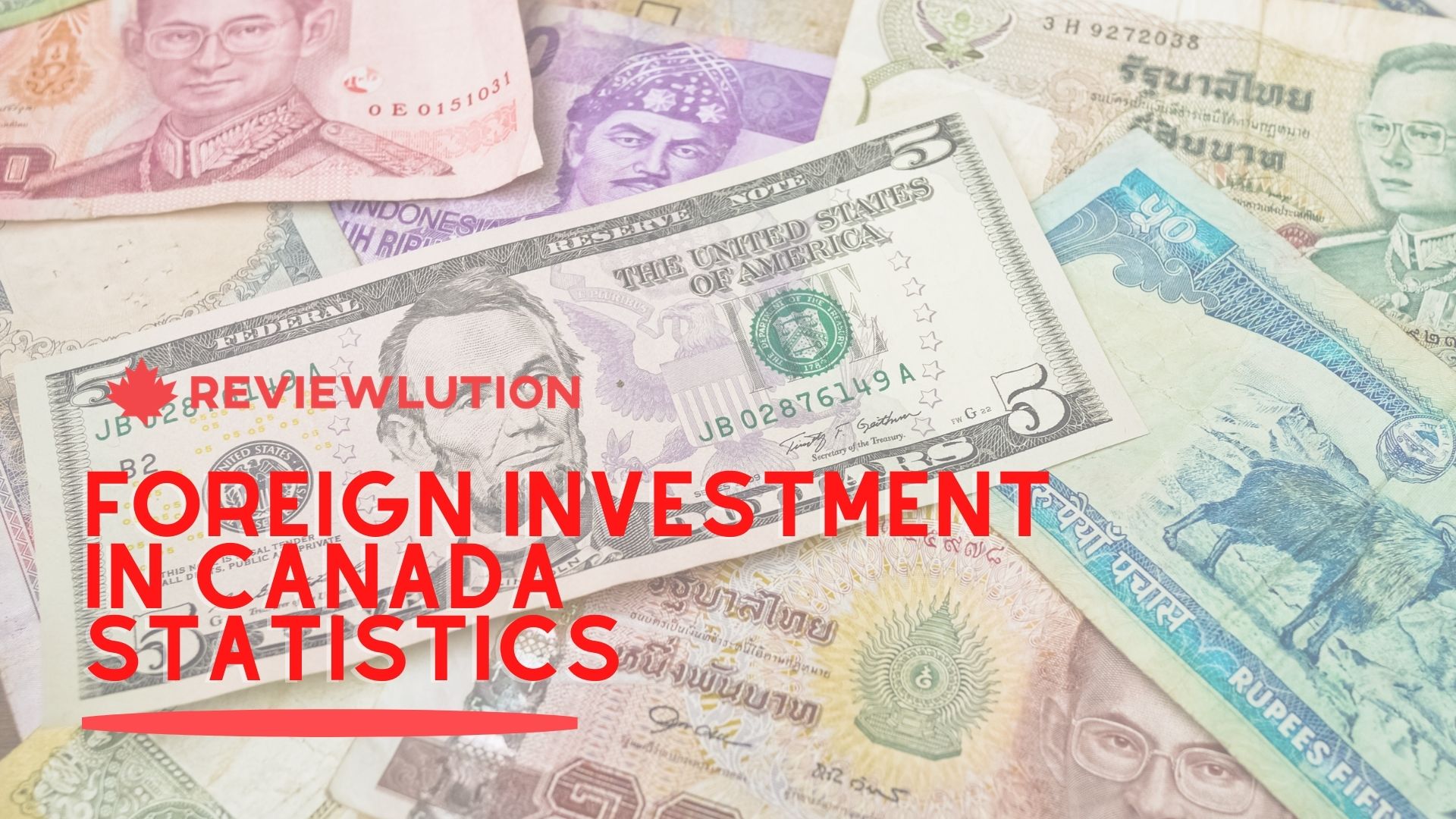U.S. Investment In Canada: A Call For Change

Table of Contents
Current State of U.S. Investment in Canada
U.S. foreign direct investment (FDI) in Canada is substantial, spanning various sectors and significantly impacting the Canadian economy. Understanding the current state is crucial before charting a course for the future.
-
Quantifying U.S. FDI: The United States consistently ranks as the top source of FDI in Canada, representing hundreds of billions of dollars in investment. Precise figures fluctuate yearly, but consistently demonstrate a significant inflow of capital. This investment influences various sectors and regional economies.
-
Key Investment Sectors: U.S. investment is heavily concentrated in key sectors of the Canadian economy, including:
- Energy (oil and gas, renewable energy)
- Technology (software, telecommunications, biotechnology)
- Real Estate (commercial and residential properties)
- Manufacturing (automobiles, aerospace)
- Finance
-
Geographic Distribution: U.S. investment is not uniformly distributed across Canada. Provinces like Ontario, British Columbia, and Alberta tend to attract the lion's share of investment due to their established infrastructure, skilled workforce, and proximity to U.S. markets.
-
Benefits and Drawbacks: While U.S. investment creates jobs, stimulates economic growth, and fosters technological advancement in Canada, it also presents potential drawbacks. Concerns regarding foreign ownership, particularly in strategic sectors, and potential job displacement in certain industries require careful consideration.
Challenges Facing U.S. Investment in Canada
Several obstacles hinder further U.S. investment in Canada, demanding attention and strategic solutions.
-
Regulatory Hurdles: Navigating Canadian regulations, permits, and approvals can be complex and time-consuming for U.S. investors, increasing transaction costs and potentially delaying projects. Streamlining regulatory processes is crucial.
-
National Security Concerns: In certain sensitive sectors, such as critical infrastructure and defense technologies, foreign ownership restrictions and national security reviews can create uncertainty and deter investment. Transparency and clear guidelines are essential.
-
Exchange Rate Fluctuations: The fluctuating exchange rate between the U.S. dollar and the Canadian dollar significantly impacts the profitability of U.S. investments in Canada. This volatility creates risks that investors must manage.
-
International Competition: Canada also attracts significant investment from other countries, creating competition for U.S. investors. Maintaining a competitive advantage requires proactive strategies to attract and retain investment.
Opportunities for Enhanced U.S. Investment in Canada
Despite the challenges, significant opportunities exist for increased and more sustainable U.S. investment in Canada.
-
High-Growth Sectors: Focusing on sectors with substantial growth potential, such as renewable energy, advanced manufacturing, and technology, can yield mutual benefits. Collaborative initiatives in these fields can drive innovation.
-
Co-Innovation and Partnerships: Encouraging co-innovation and technological partnerships between U.S. and Canadian companies can lead to breakthroughs and create new market opportunities. Joint research and development projects can be particularly beneficial.
-
Infrastructure Investment: Increased investment in Canadian infrastructure projects—transportation, energy grids, and digital infrastructure—presents a lucrative opportunity for U.S. firms while contributing to Canada’s economic development.
-
Strengthening Bilateral Trade Agreements: The USMCA (United States-Mexico-Canada Agreement) provides a framework for trade and investment, but further enhancements are needed to facilitate cross-border investment.
Strengthening Bilateral Trade Agreements
The USMCA is a cornerstone of the U.S.-Canada economic relationship.
-
USMCA Provisions: The agreement contains provisions specifically addressing investment protection, dispute resolution, and market access. However, continuous evaluation and potential amendments are crucial to adapt to evolving economic landscapes.
-
Future Amendments: Considering amendments that address emerging challenges, such as digital trade and climate change, will strengthen investor confidence and attract further investment.
-
Trade Dispute Impact: Resolving trade disputes swiftly and effectively is essential for maintaining investor confidence. Predictability and transparency in the dispute resolution process are key.
Fostering a Sustainable Investment Relationship
Sustainable and responsible investment practices are crucial for long-term success.
-
ESG Factors: Integrating Environmental, Social, and Governance (ESG) factors into investment decisions is becoming increasingly important. Investors are increasingly prioritizing companies with strong ESG performance.
-
Green Investment Initiatives: Collaboration on green investment initiatives, such as renewable energy projects and sustainable infrastructure development, offers significant opportunities for both countries.
-
Sustainable Practices: Promoting sustainable practices across all investment sectors is crucial to mitigating environmental risks and fostering long-term economic sustainability.
Conclusion
U.S. investment in Canada is a vital component of both economies. While substantial, this investment faces challenges related to regulations, national security concerns, exchange rate fluctuations, and international competition. However, significant opportunities exist in high-growth sectors, collaborative innovation, and infrastructure development. Strengthening the USMCA and promoting sustainable investment practices are vital for a more robust and mutually beneficial future. We call for collaborative action—from both governments and the private sector—to enhance U.S. investment in Canada. Contact your elected officials, participate in relevant industry events, and support initiatives promoting sustainable and mutually beneficial investment between our nations. The future of U.S. investment in Canada hinges on this collaborative approach and strategic planning.

Featured Posts
-
 New York Rangers Coaching Change Laviolettes Tenure Ends
May 29, 2025
New York Rangers Coaching Change Laviolettes Tenure Ends
May 29, 2025 -
 Man Utd Transfer News United Join Race For Top Free Agent
May 29, 2025
Man Utd Transfer News United Join Race For Top Free Agent
May 29, 2025 -
 Faa Issues Airspace Restriction For Space X Starship Launch
May 29, 2025
Faa Issues Airspace Restriction For Space X Starship Launch
May 29, 2025 -
 Venlose Politiek De Terugkeer Van Jozanne Van Der Velden
May 29, 2025
Venlose Politiek De Terugkeer Van Jozanne Van Der Velden
May 29, 2025 -
 Analisis Tactico Por Que Mamardashvili Sorprende
May 29, 2025
Analisis Tactico Por Que Mamardashvili Sorprende
May 29, 2025
